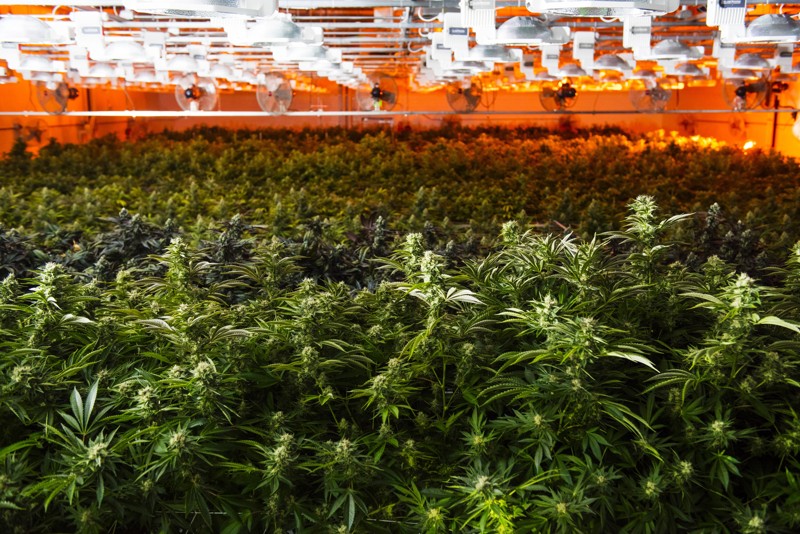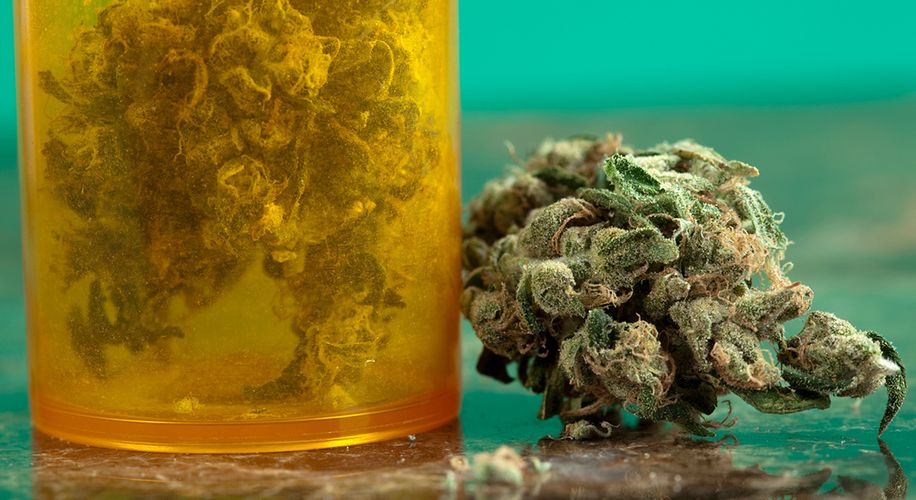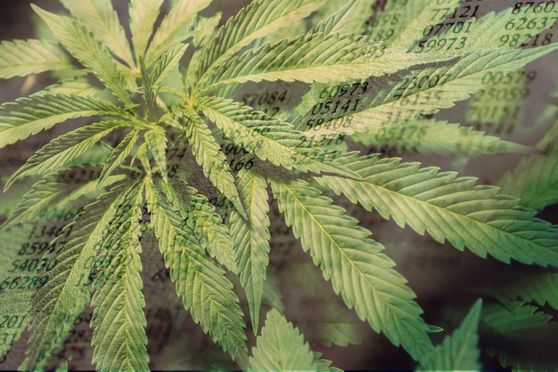This last weekend, I had the pleasure of attending the Living Soils Symposium in Medford, Oregon located right in the mecca of organic cannabis country.
The two-day symposium was unlike any other cannabis event I’ve attended in my seven years as a cannabis photojournalist. Rather than the competitive-centric cannabis cups and the sales-heavy marijuana conventions, the sold-out Living Soils Symposium gathered the brightest minds in “beyond organic” cannabis cultivation in one large room to mingle, inspire, and pave the path toward earth-friendly farming.
Spring Planting Season at TKO Reserve. Photo courtesy of Allie Beckett
Speakers included cannabis industry legends such as Josh and Kelly of Dragonfly Earth Medicine, Matt of Perma Los, Jesse of Biovortex, Matthew Slaughter of EarthFort, Sam of Soil Symbiotics, Dan of High Tide Permaculture, Elizabeth and Nick of Green Source Gardens, Mike and Larry of Gary Ducket, and Shane of Natural Enemies.The overarching theme of the weekend was how to take our industry beyond organics into regenerative farming.
What is regenerative farming?
There isn’t a set definition for regenerative agriculture, rather, it’s a movement that has risen out of necessity and compassion for the land. Regenerative farming is a community of farmers who use their work to heal and replenish the earth rather than destroy it (which is what conventional agriculture does, see: The Dust Bowl)The organic agriculture industry has grown immensely over the last decade, but an organic product is not necessarily better for the environment. Regenerative farming goes beyond organic methods to incorporate sustainability and regeneration of damaged land.
Those who practice regenerative agriculture are stewards of the land whose work actively reverses climate change while simultaneously cultivating crops to sell. Making money and caring for the earth can work harmoniously, in fact, farmers end up making more profit through regenerative farming methods because the cost of production is lower and the yields are higher.So you’re still reading which means regenerative agriculture has peaked your interest, but where do you start?
Regenerative farming starts with the soil
Let’s face it, the majority of soil in the world is broken. Humans have been growing crops for centuries, taking from the earth without giving back. Matthew Slaughter from EarthFort goes by @DirtFixer on Instagram because he fixes broken dirt for a living. EarthFort is a soil testing lab that analyzes the microbiology in the dirt. You never know what is in your soil unless you test it, and testing can give you incredible insights into what is going on with the life of your soil. If the soil food web is out of balance, it is not healthy soil. When you fix the imbalance, you fix the problem.
Regenerative agriculture aims to restore homeostasis in the ecosystem. When you walk through a pristine Pacific Northwest old-growth forest, you’ll notice that everything is thriving. There are no pest infestations, no disease outbreaks, and most importantly, no farmers. When nature is allowed to balance herself, everything thrives. It is when we take one plant to cultivate in an empty field with no surrounding nature that problems begin to arise.
Shane of Natural Enemies argues that pest control needs to be nature vs nature, rather than human vs nature. Every pest has a predator, that’s the circle of life — when we take predators out of the scenario, the problem pests run rampant because there is nothing to keep them in check. However, when you introduce natural predators into the ecosystem, the pest infestation subsides. This doesn’t mean you will never come across another spider mite, but a couple of spider mites are not a serious threat — it is when they overrun the crops that the plants suffer. Using predator insects rather than pesticides is safe and sustainable, produces higher growth rates, does not create “super bugs” from chemical resistance, and most importantly of all, is effective.The concepts of restorative agriculture are relatively simple. Life wants to be connected with life — biodiversity is the answer to many of our agricultural struggles. Biodiversity boosts the health of the ecosystem, making it less vulnerable to pests, diseases, or mold outbreaks. Plants also depend on other plants and organisms to truly thrive.
Regenerative farmers know that the soil is alive, and therefore take a different approach to conventional agriculture. Traditional agriculture has tunnel vision on their single crop, and their cultivation methods are all centered around feeding and protecting that one species. On the other hand, regenerative farmers know that there is a food web entangled in the ecosystem of the crop, so instead of feeding that single crop, they feed the soil. As cannabis legalization spreads throughout the globe, it’s incredibly important that we do not leave a negative impact behind, as our earth is already fragile enough as is. Cannabis can be grown organically, sustainably, and regeneratively — all while keeping the bottom line low to make a profit.
The goal of the Living Soils Symposium is to inspire farmers to move the cannabis crusade in a more sustainable direction. Becoming a regenerative farmer does not happen overnight, it doesn’t even happen in a year. Becoming aware of the issues and taking small steps every day that bring you closer to the end goal of being a healer and steward of the land is at the heart of being a regenerative farmer.Inspiring farmers to move beyond organics is the first step, but the next step is establishing conscious consumers. So how can we inspire consumers to demand the highest quality products possible?
credit:marjuana.com
















